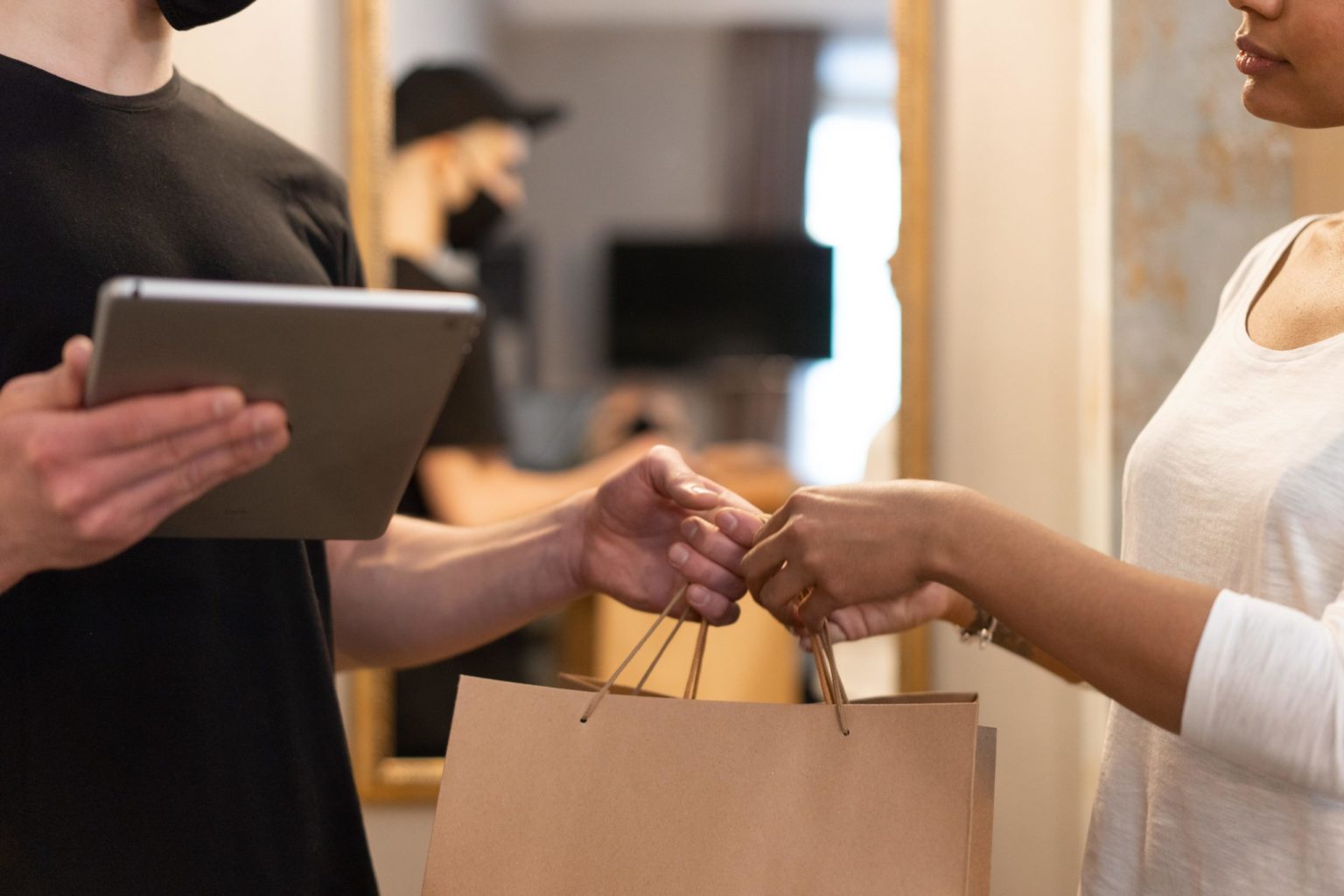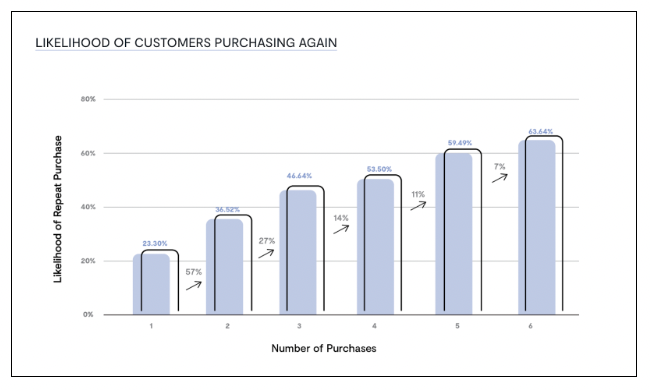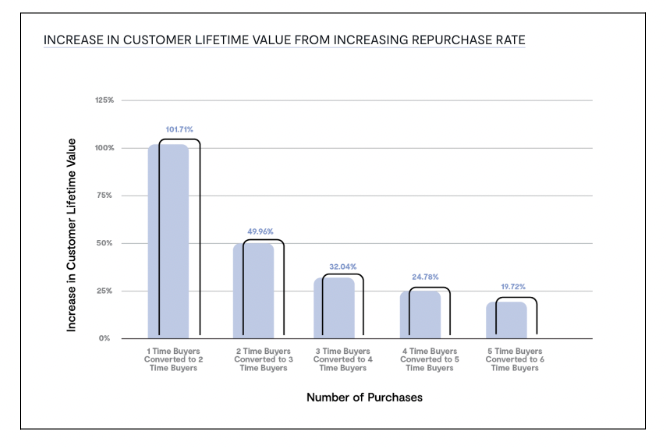
Defining Retail Loyalty: Tips and Strategies for Creating Loyalty that Lasts
With privacy changes coming from Google and Apple, retailers critically need to use the first-party data they have to focus on long-term profitability from existing shoppers rather than exclusively chasing the endless pursuit of new shoppers (who normally only purchase once, then never again). Since one-time buyers eat into acquisition costs with no return, it’s no surprise that brands are making loyalty a priority this year.
But what exactly “loyalty” looks like can mean many different things depending on which brand you ask. We sat down with top retail marketers from brands including Olly, Bass Pro & Cabela’s, Ascena, Lane Bryant, American Signature, Foot Locker, GreaterGood, REI and more to hear about the strategies they focus on to drive loyalty and how they’re measuring that return.
What is retail loyalty?
Brands define retail loyalty s very differently. Some brands think about retail loyalty as a specific program and measure success by how many loyalty points a shopper accrues over time. Some brands have loyalty apps, and may measure success based on how many logins they get to their app. Some brands see loyalty as a measure of satisfaction and positive reviews.
These are all great. But, really, retail loyalty is all about repeat purchases because that’s what impacts the bottom line (you can get more of our take here).
Think about it as a relationship — starting with the word engagement. Shopper engagement is something we talk about all the time as retail marketers. But an engagement should be more than a click. Just like any relationship, engagement should represent dedication and commitment — and a retail marketer’s love language is a purchase. Simple as that.
Why is loyalty important in retail?
Retail loyalty is significant for a number of reasons. Implementing a retail loyalty program can provide significant value for a business by increasing customer retention and driving repeat sales. Loyal customers are more likely to make repeat purchases and refer others to the store, which can lead to a steady stream of revenue.


Additionally, a loyalty program can help a business develop a better understanding of its clientele by gathering valuable data and insights on their preferences and behaviors, which can inform marketing and product development strategies.
Customers who frequent a certain business are more inclined to discuss their preferences and offer feedback, which can help the company develop its goods and services. This in turn can help a business differentiate itself from competitors by providing exclusive perks and rewards to loyal customers. Overall, a well-designed retail loyalty program can play a key role in building a strong, sustainable business.
Let’s take a look at some of the strategies we discussed to foster those long-term relationships that convert the one-and-done buyers and keep them shopping again and again.
6 Tips and strategies to create loyalty that lasts
It’s important to keep in mind that we’re building relationships here, not fleeting friendships or first dates. Each action should contribute to a larger picture of understanding your shopper and knowing their preferences and the things they love. So when you’re approaching a new strategy to build shopper loyalty, it’s important to make sure that it has staying power and contributes to the overall lifecycle for each shopper.
Here are the strategies and tips we learned from top retail marketers across home goods, apparel, health and beauty, footwear, and sporting goods.
1. Each channel should run toward the same goals
Loyalty is all about keeping the shopper first, and each channel needs to orient around the shopper to achieve that goal.
One of the best ways to do that is to create a common set of measurements that each channel can drive toward as an outcome. For example, repeat purchases, multi-time buyers, and increased lifetime value are all measurements that demonstrate a deeper level of impact on long-term revenue than channel-centric measurements like opens, CTR, and impressions.
Developing a clear set of success metrics will give your shoppers consistency and your cross-channel teams alignment.
2. Omnichannel should mean omnishopper
Whether your shopper is browsing your store, your ecommerce site, or social platforms like Pinterest or Instagram, each shopper’s experience should be consistent every time.
To do that, you need to capture and tether all of your identities to get the whole view of the shopper so you don’t miss a beat and act on every shopper signal that comes in to nurture shoppers on their level with personalized customer experiences.
This means that your loyalty IDs, cookies, phone numbers, emails and any other identifier should be connected. With traffic moderating coming out from the peak of COVID, this is even more imperative — but it can be tricky. Sometimes it’s hard to bridge cross-channel marketing efforts.. But making steps to consolidate or tether your platforms in a way that allows you to get that 360° is critical.
Every new signal you get is an opportunity to learn and improve experiences to create that lasting loyalty (think long-term relationship) that keeps shoppers coming back again and again.
3. Sell cross-category to generate loyalty
Within your shopper’s lifecycle with your brand, there are almost infinite possibilities to introduce them to something new with cross-category buying. Cross-category doesn’t just increase revenue, but it also increases lifetime value.
Creating a clear set of personalized recommendations leveraging what you know about the shopper and your product catalog is a great way to do that. For example, if you’re a sporting goods retailer and a shopper buys a tent, then their next recommendation might be a stove to complete the picture. This doesn’t just increase revenue, but actually adds value to the original purchase. And again — keep it personal.
Say you’re an apparel retailer and your shopper buys jeans — they might want a top next, but based on the data that you have, they may show more of a proclivity for basics. This gives you the knowledge you need to level up with recommendations that go deeper into contextual data.
There’s always something new to explore, and surfacing those next best purchases for shoppers will always keep them excited for their next buy.
4. Know each shopper’s repeat purchase cycle
Each of your shoppers has a unique buying cadence. Brands often try to figure out an average repeat purchase cycle for shoppers, but this is hard to do.
Shoppers change dynamically without any indication of where they’re going next — so you need to capitalize on that in-the-moment signal and leverage your product catalog to meet those interests and increase repeat buyer rate. That way, you’re catching each shopper when they’re most likely to make that next purchase — rather than treating repeat purchases en masse.
5. Provide exceptional customer service and loyalty
A successful technique for building long-lasting loyalty is to offer great customer service and reward repeat business. Both the transactional and emotional sides of the consumer experience are covered.
Excellent customer service encourages recurring business and favorable word-of-mouth from clients by fostering their trust and contentment. Customer loyalty programs provide customers with a feeling of exclusivity and reward, which promotes repeat business and motivates them to stick with the company over time.
Together, they produce a comprehensive strategy for fostering and sustaining client loyalty.
6. Create emotional loyalty
So we’re building relationships. And a critical component of that is emotional loyalty — you’re already engaged, but you need to go a little bit deeper by creating connections with shoppers that pull on their heart strings.
The honeymoon phase
Every relationship has a honeymoon phase — and the same is true for your shoppers. They just purchased a product they loved and want to tell the world.
This is a good time for you to ask shoppers to review products and to surface personalized recommendations and cross-category products. You can even extend the honeymoon phase by making them feel proud about their purchase by asking for photos in the reviews, educating them more on their purchase (could be sustainability efforts or ways to use or style the product they purchased) and more.
Creating more of an emotional connection through pride and knowledge is a great way to build loyalty from shoppers who are in it for the long run.
Build a community
Brands are creating amazing communities in both the IRL and URL to stand out this year and create those emotional connections.
Some ways brands are doing this is by partnering with local communities to build those emotional connections beyond just the products. An added bonus of in-person events is culling new shoppers to communicate with by capturing their emails or phone numbers and adding it to a nurture campaign that speaks to the connections they made when they engaged.
Challenges and solutions for creating customer loyalty
Businesses may encounter a number of difficulties while attempting to build consumer loyalty, including:
Competition: It can be challenging to stand out from the crowd and provide clients a compelling reason to stick with you when there are so many companies offering comparable goods and services.
Price sensitivity: If a customer can find a better price elsewhere, they may be more likely to switch to a rival.
Limited customer interaction: In some situations, firms may have little to no contact with their clients, which makes it challenging to develop ties and encourage loyalty.
Lack of data: Businesses may struggle to comprehend what customers want and how to address their demands without data on consumer preferences and behaviors.
Build a data strategy for retail loyalty
Retailers who are successful at retaining customers have a solid data-driven strategy in place. Leveraging your data will ultimately set you apart from your competition and set your customers up for a successful lifecycle track. Including loyalty into the entire customer experience by having a unified perspective of members and consumers is key.
The integration of front- and back-office retail marketing technological platforms is crucial for achieving this. To fully understand their customers, retailers must link behavioral data from retail loyalty programs with purchase data from point-of-sale systems, e-commerce portals, and mobile apps, as well as combine it with systems like inventory and order management. This tactic instills loyalty as a fundamental value across the entire firm.
Retailers can understand client wants from a single platform and provide relevant experiences based on real interactions to drive their business.
Loyalty is about revenue, not the transaction
At the end of the day, loyalty is about profitability (and the revenue opportunity is huge). But that doesn’t mean that loyalty is all about a transaction — it’s actually about the experience.
When you’re in a relationship, you learn everything about the person and you can use it to get closer and strengthen your relationship over time. Shopper loyalty is the same. You’re creating a series of connected, compelling moments simply by knowing your shoppers. For them, this feels less like a transaction, and more like a relationship that lasts. For you? It’s revenue.
So take the strategies we outlined above and create something that not only drives revenue, but builds customer relationships that last.





